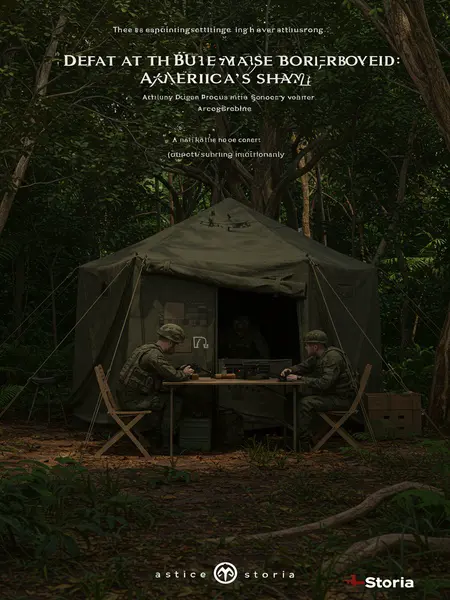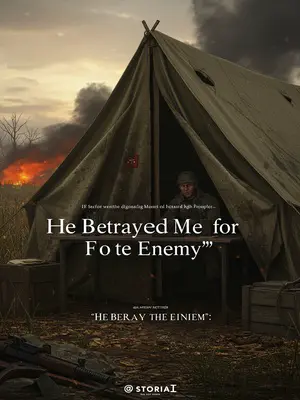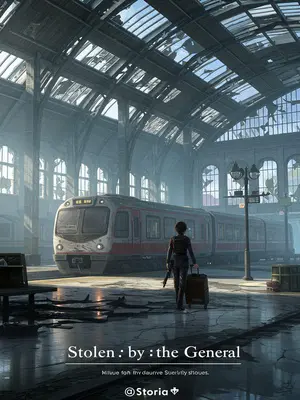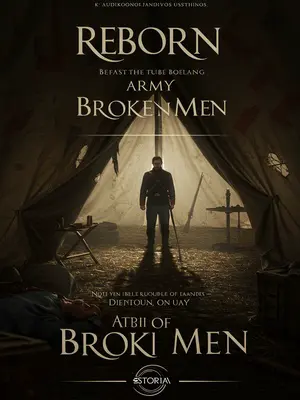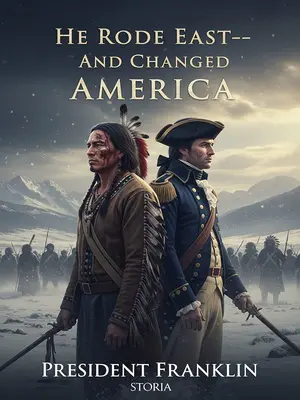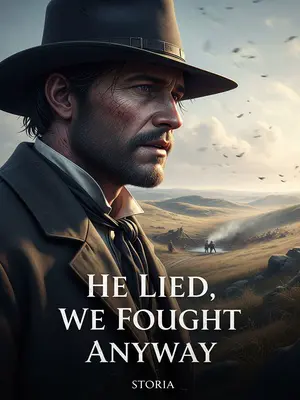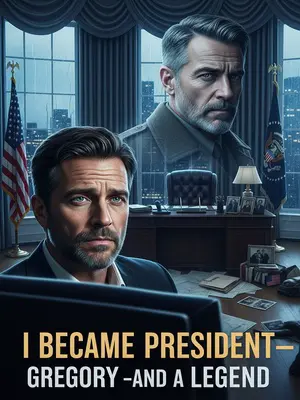Chapter 6: Gathering the Storm
In April, Adams appointed his top advisor, Secretary Frederick Hughes, as commander-in-chief for the campaign. He named the battle-hardened generals Alan Grant and Aaron Gray as Hughes’s deputies, and rounded up a roster of the nation’s best field commanders—Henry Lane, Walter Hardy, Derek Tate—all men who’d made their names on the frontier. The White House buzzed with activity as plans took shape, and Adams kept a close, personal eye on every detail.
Adams didn’t hesitate to call up the nation’s most elite units: The Alaska Rangers, faces wind-burned and eyes sharp from years in the wild. The Firearms Battalion, their cannons etched with battle honors. The Texas cavalry, horses restless, spurs jingling with every step. And the Presidential Guard—stationed in Washington, rarely deployed, the pride of the capital and the president’s own handpicked soldiers.
Altogether, these elite forces numbered around nine thousand—small, perhaps, but every man a seasoned veteran. People in coffeehouses across the East Coast wondered aloud: could such a force truly launch a war of annihilation? But those who’d seen them fight knew better: these were the men you called when everything was on the line.
And still, Adams wasn’t satisfied. He tapped America’s secret weapon: the Lightning Battalion, a special forces unit trained in the hills outside Washington. These weren’t your average soldiers—they drilled in marksmanship, close combat, stealth, and shock tactics. Adams himself had funneled government funds into their training, determined to create a unit that could storm even the most fortified enemy positions.
Locals called them the “Western Hills Lightning Battalion,” and whispered about their uncanny speed and ferocity. Before Hughes left for the front, Adams sent the Lightning Battalion to bolster his forces, making sure no expense was spared.
